If you’re just starting your Japanese learning journey, it’s easy to feel overwhelmed by the idea of learning thousands of kanji and vocabulary words. But don’t worry — you’re not expected to learn them all overnight. In fact, with the right strategy, learning kanji and vocabulary can actually be one of the most rewarding (and even fun!) parts of your study routine. 🎌
Kanji is essential if you want to be able to read signs, books, menus, and even video games or anime subtitles in their original form. But kanji on its own isn’t enough — you need a solid vocabulary foundation to actually understand what you’re reading and communicate naturally.
This guide will break down everything you need to know about how to learn kanji and vocabulary in Japanese effectively — with real resources, proven methods, and practical advice based on what actually works for self-learners like you!
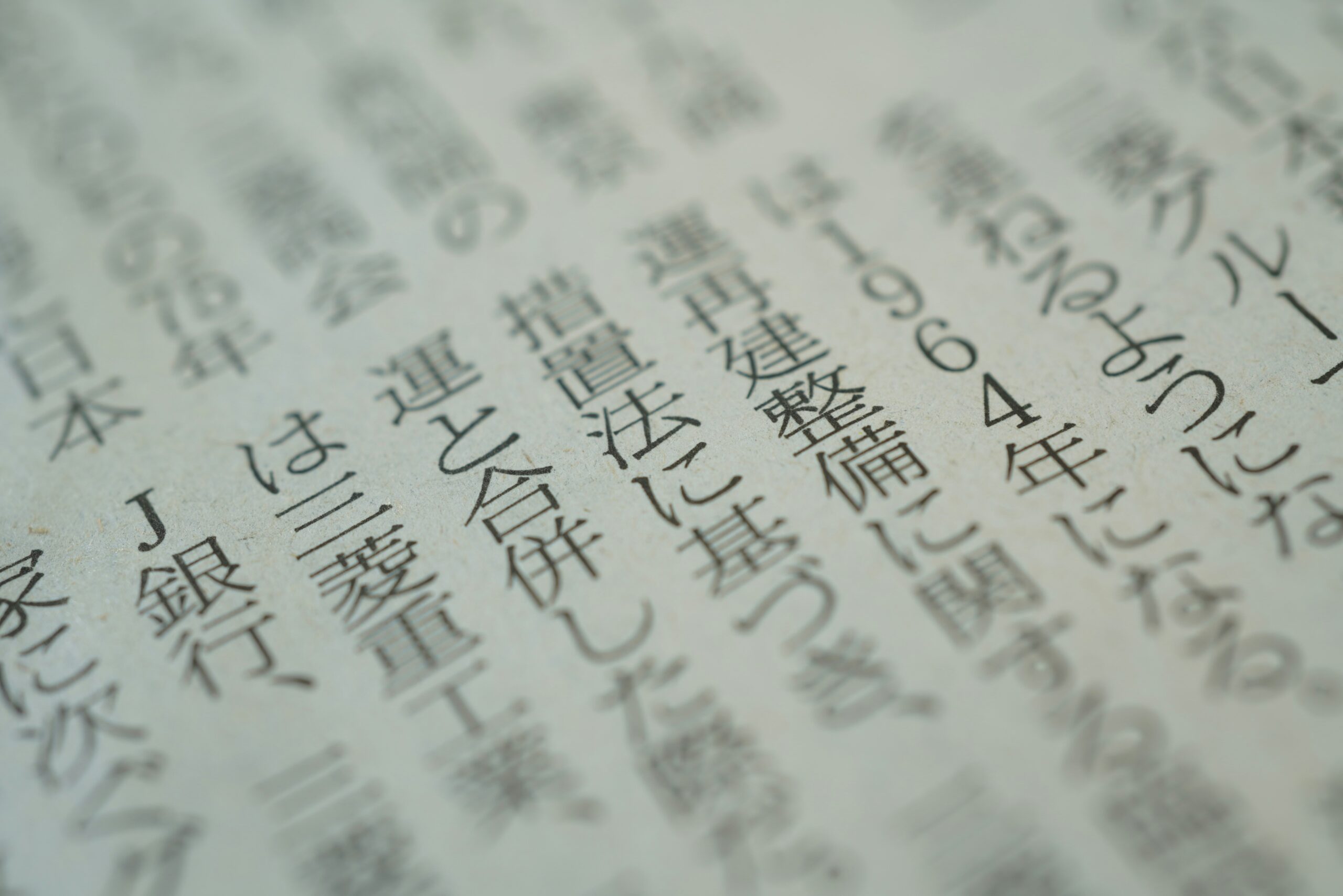
🧠 Why Kanji and Vocabulary Go Hand-in-Hand
You’ll often hear people talk about kanji and vocabulary as separate topics, but the truth is — the most efficient way to learn kanji is through vocabulary.
Instead of memorising isolated kanji like 日 (sun), 月 (moon), and 火 (fire) with no context, you’ll remember them more easily when they’re part of actual words like:
- 日曜日 (にちようび, Sunday)
- 月光 (げっこう, moonlight)
- 火山 (かざん, volcano)
Learning vocabulary in real context helps reinforce the meaning, reading, and usage of each kanji — all at once. This way, you’re not just memorising meaningless symbols, you’re absorbing real language that you’ll actually use when reading, writing, or speaking.
That’s why so many modern learners (and tools like Anki and JPDB) teach vocab and kanji together.
Key Tip: Start with vocab decks that include kanji, furigana, and example sentences so you can learn all three layers together: the word, the writing, and how it’s used in context.
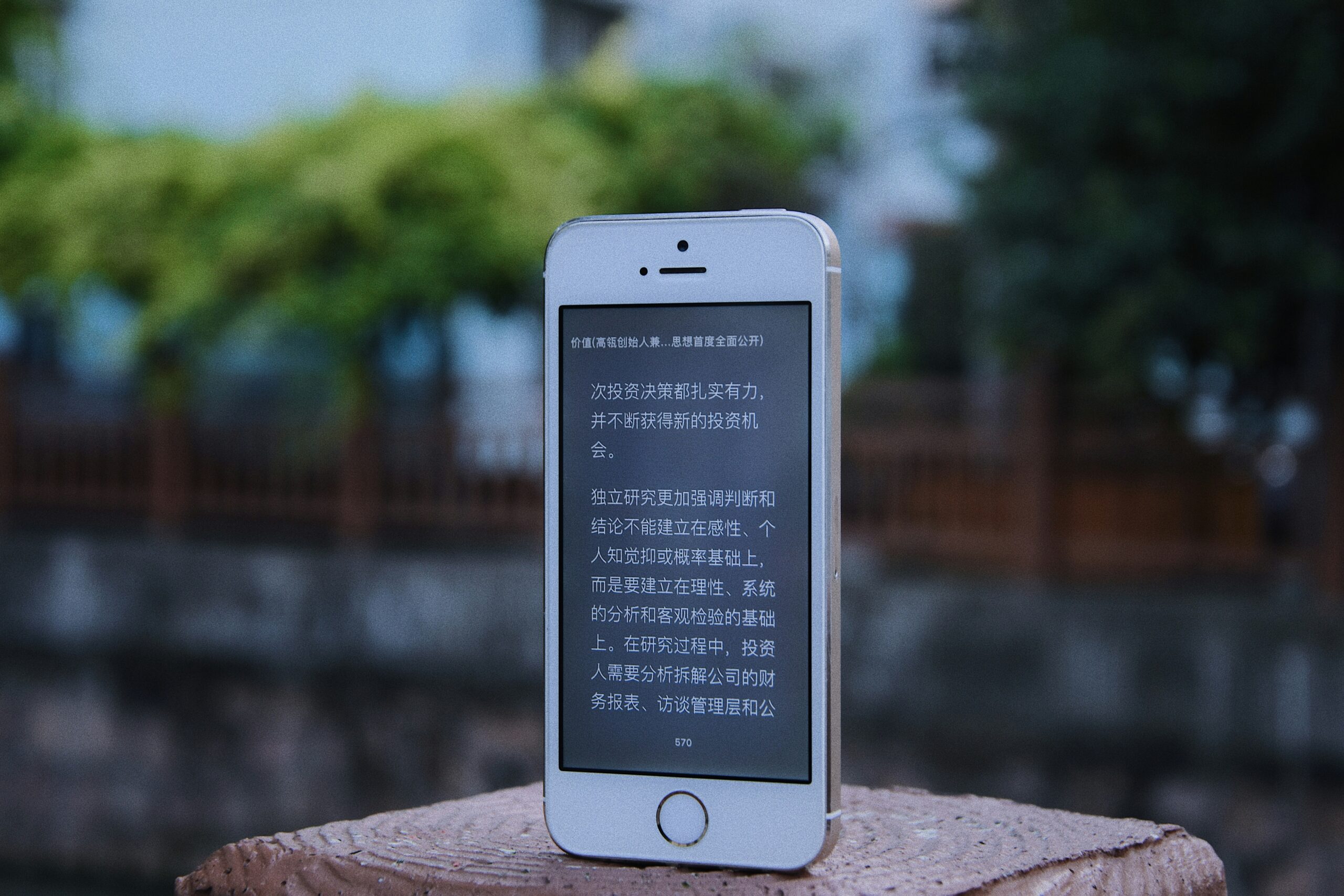
🛠️ Recommended Study Tools for Kanji & Vocabulary
You don’t need a mountain of textbooks to start mastering Japanese — just a handful of reliable tools that work with you and your learning style.
Here are some of the most popular and effective tools for kanji and vocab learning:
✅ Anki
Anki is a free flashcard app based on spaced repetition (SRS). It’s powerful and customisable — perfect for building your vocabulary over time. Most learners use pre-made decks like:
- Core 2.3k / 6k decks (based on common Japanese vocabulary)
- JLPT-specific decks (like N5 or N4)
- Anime or game-themed decks, if you’re a fan of immersion-based learning.
💡 You can also add audio, kanji, furigana, and example sentences to help lock it in.
✅ JPDB.io
A newer tool that combines vocab learning with kanji breakdowns and sentence context. Great for learners who want to study vocab from a specific anime, drama, or game. It also gives frequency rankings, pitch accents, and kanji stats — super detailed!
✅ WaniKani
A popular, structured platform that focuses purely on kanji and vocabulary. It uses mnemonics and level-based progress to help you retain each character deeply. It’s a paid service but many learners find the pacing and humour keep them motivated.
✅ Kitsun.io
A sleek, modern flashcard app (similar to Anki but more beginner-friendly). Offers pre-made vocab decks like the 10k, JLPT lists, and even kana-only or pitch accent-focused cards. It’s paid but polished.
📌 Tip: Try a few of these and stick to one or two max — don’t overwhelm yourself by juggling five tools. Consistency beats quantity.
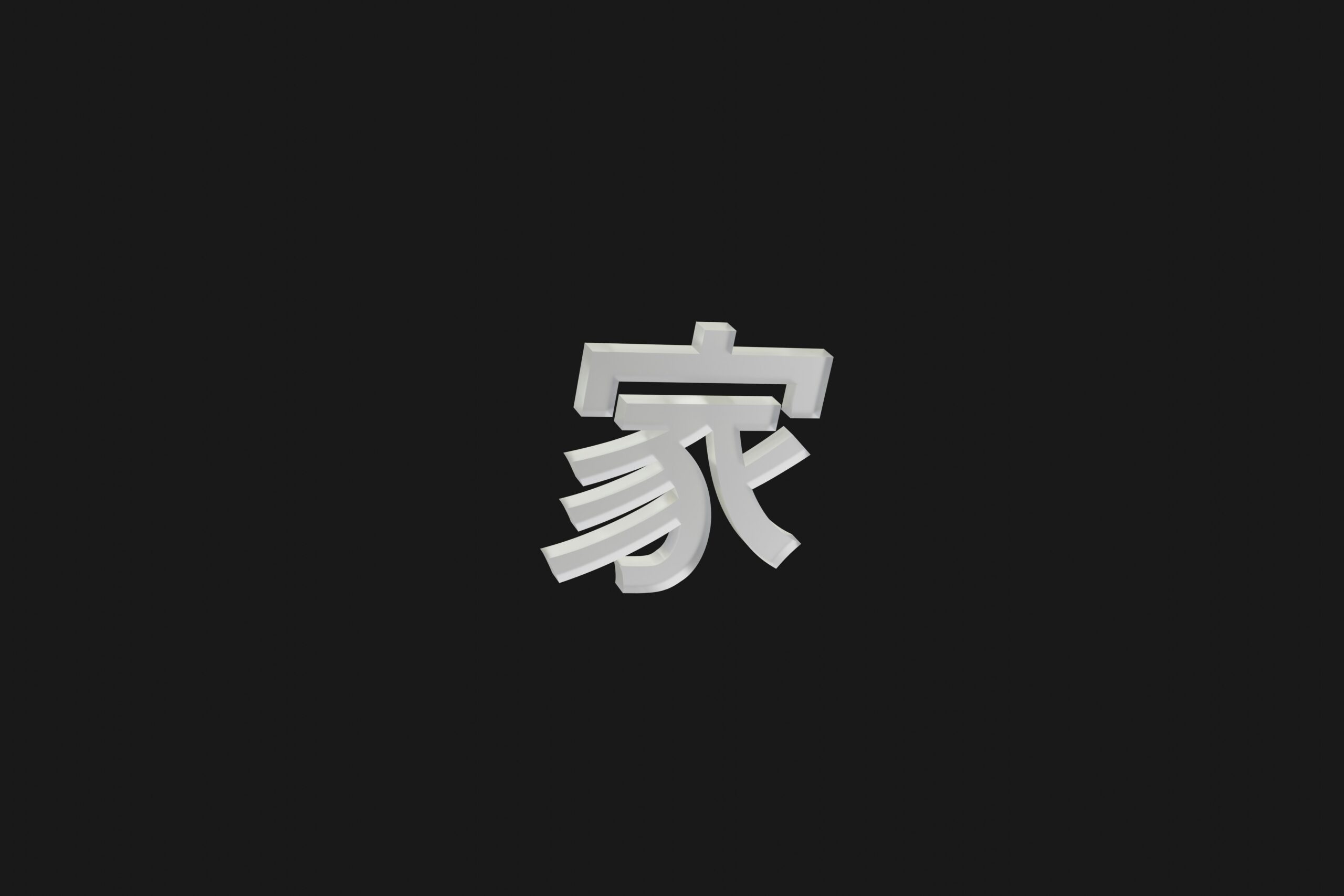
📚 The Best Books for Learning Kanji & Vocabulary
If you’re someone who likes a bit of structure and doesn’t mind sitting down with a good book now and then, the right resource can make a big difference — especially with kanji. And trust me, not all books are created equal. Some are ridiculously overwhelming, while others are surprisingly beginner-friendly.
Here are the ones worth your time:
📘 Kanji Look and Learn (by the Genki team)
This one’s my personal go-to — and for good reason. It teaches you 512 essential kanji (plenty to get you through daily life and JLPT N4/N3 stuff), but in a really visual and memorable way. Each kanji comes with a small illustration, stroke order, multiple vocab examples, and short readings.
✅ Perfect for visual learners
✅ Includes vocabulary you’ll actually use
✅ Easy to follow alongside Genki if you’re using that too
It even comes with a workbook if you want extra practice.
If you’re like me and want something that’s not too dry, not too overwhelming, and actually enjoyable to flip through — this is the one I’d recommend!
Remembering the Kanji by Heisig
This one’s kind of a mixed bag. It teaches you the English meaning of over 2,000 kanji using stories and mnemonics, but doesn’t cover readings or actual Japanese usage. Some people love it, but I think it works better as a support method, not your main one…
✅ Good if you’re just trying to recognize kanji
⛔ Useless for reading actual Japanese early on
Kodansha Kanji Learner’s Course
This is a more in-depth and complete option. It teaches meanings, readings, stroke order, and vocabulary — all in one place. It’s a little more text-heavy but super solid!
✅ Great if you’re serious and want the “whole picture”
✅ Has premade Anki decks to go with it
Japanese From Zero / Genki / Minna no Nihongo
These are general textbooks, but they introduce new kanji and vocab gradually and naturally. Genki, for example, pairs well with Kanji Look and Learn, and you’ll find that their vocab is practical and great for beginners!
✅ If you’re already using one of these, just build your kanji routine around their vocab lists
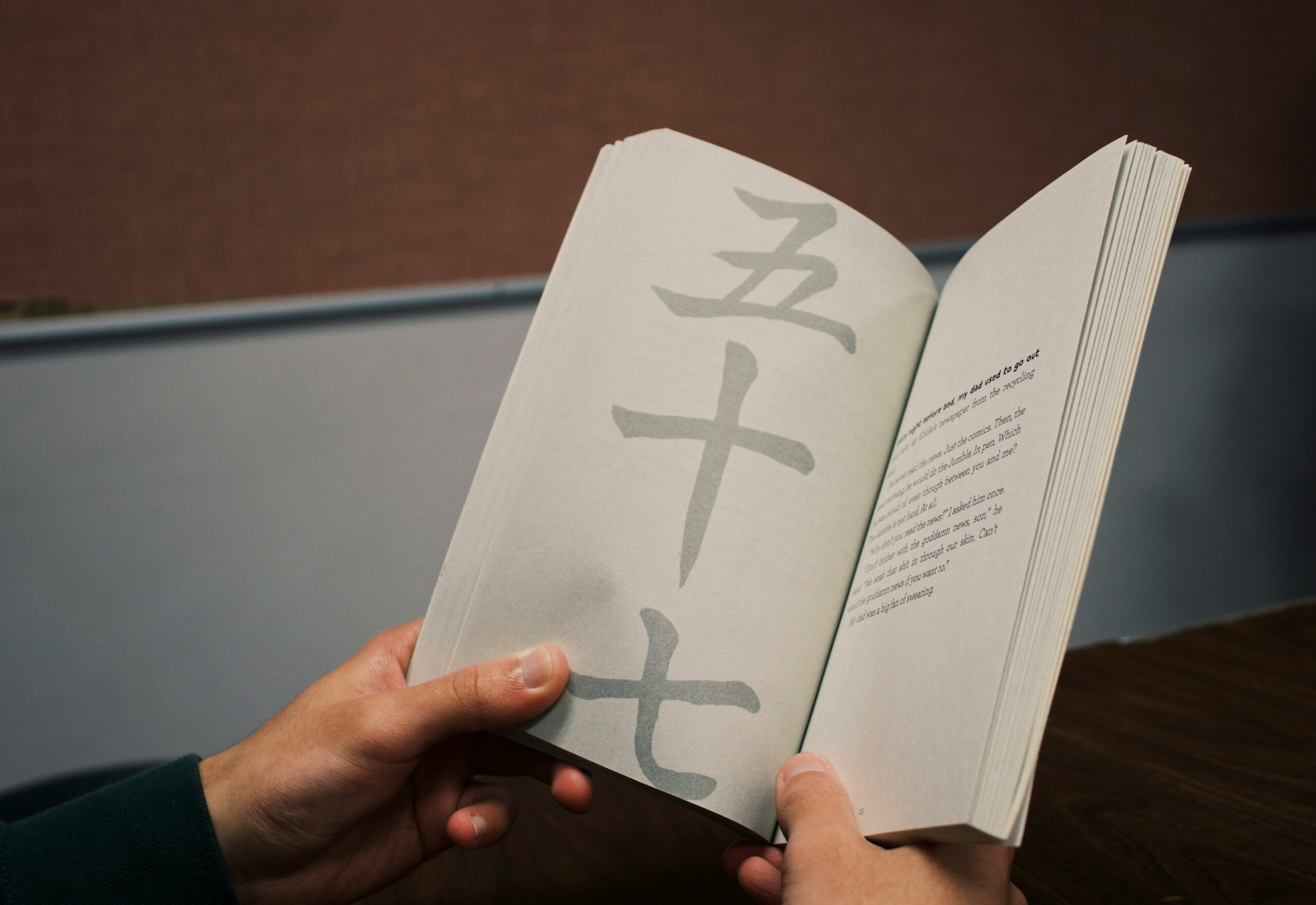
🎮 Learning Through Games, Anime, and Immersion
Let’s be honest — the whole reason most of us started learning Japanese is because we were hooked on anime, JRPGs, or maybe just wanted to play Pokémon without the English patch 😄 So why not turn that passion into part of your study routine?
Immersion isn’t just fun — it’s one of the best ways to reinforce vocab and kanji naturally. Here’s how I use entertainment as a learning tool (without it feeling like “studying” at all):
Play Games in Japanese
This is one of my favourite methods. Not only is it motivating, but games often use practical, conversational language that sticks.
- Start with games you already know well (like Pokémon or Final Fantasy) so you’re not overwhelmed by story and vocab at the same time.
- Use furigana-friendly games at first. Visual novels and RPGs are great for this.
- Set up your Switch, DS, or emulator in Japanese — it adds up over time!
🔧 Pro tip: Use a dictionary app like Yomiwa or Takoboto alongside your play sessions to quickly check unfamiliar words or kanji.
Watch Anime (With Japanese Subtitles if Possible)
Anime is fun — but make it work for you:
- Watch with Japanese subs if your level allows it. You’ll start to associate words with sound and kanji naturally.
- Choose slice-of-life shows for easier vocabulary (e.g. Shirokuma Café, Usagi Drop, or My Roommate is a Cat)
- Jot down new words you hear repeatedly. Use them in Anki or write them out.
YouTube: Game Gengo
This channel is gold. Game Gengo is especially good for learners who love games (like me and probably you too 😅). He breaks down full grammar points and vocabulary using actual game scenes — think Persona, Zelda, Final Fantasy, and more!
✅ Full JLPT Grammar Guides for N5 and N4
✅ Real, contextual examples from popular games
✅ Clear visuals, voiceovers, and subtitles
It makes learning feel like entertainment, and that’s the dream right?
Other Great YouTubers
- JapanesePod101 – Tons of vocab-based videos with context, listening practice, and themed lessons.
- That Japanese Man Yuta – More focused on real Japanese conversations and culture, often using street interviews and natural phrases.
📌 The key to immersion is balance — don’t feel like you need to understand everything. Even picking up one new word or kanji during a game session is a win.
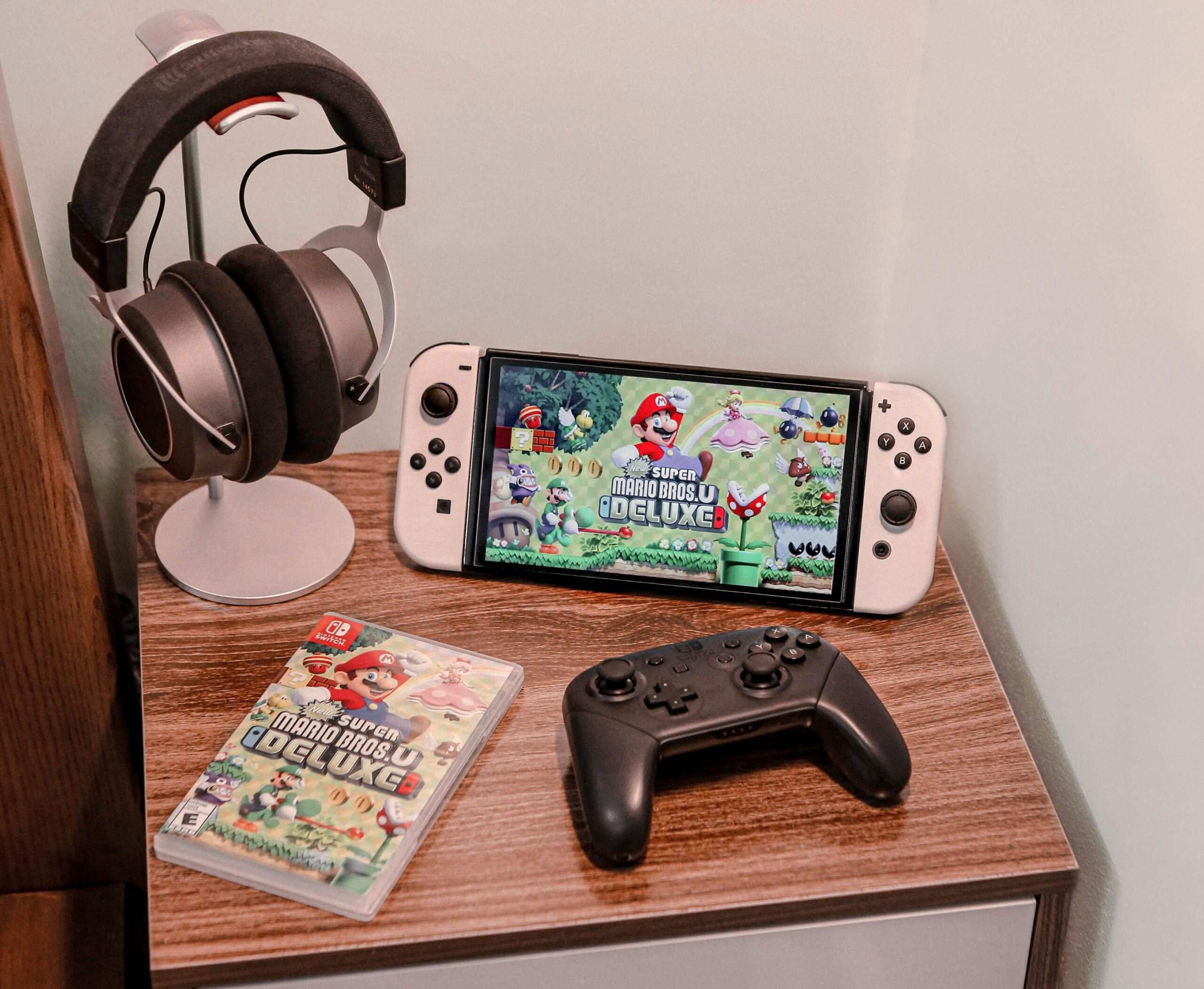
🧠 How to Actually Remember Kanji and Vocabulary
We’ve all been there — you learn a word, feel good about it… and then forget it a day later 😩 The key to actually remembering Japanese vocab and kanji is using the right tools and techniques. Here’s what’s worked best for me (and tons of other learners):
Use Spaced Repetition (Anki is King 👑)
If you’re not using Anki or some kind of spaced repetition system (SRS), you’re making life harder than it needs to be. Anki shows you cards just before you’re about to forget them, which is perfect for vocab and kanji.
- I personally use the Core 6K deck for vocab. It’s great for beginners to intermediate learners and covers useful, high-frequency words.
- Try not to overload yourself! — I do 20 new words per day now (used to do more but retention was low).
- Always add example sentences and audio where possible — context matters!
🔁 Repetition builds memory. Seeing a word 10 times over 10 days is better than 10 times in one hour.
Mnemonics for Kanji 🧠🖌️
Kanji can feel like an endless wall of squiggles, but mnemonics make them meaningful. You create little stories to remember how to read and write each one.
- Example: For the kanji 木 (tree), think of it as a stick with two branches. Super simple. Then you get 林 (forest = two trees), and 森 (woods = three trees).
- You can come up with your own stories, but tools like WaniKani or Kanji Garden offer premade ones.
I also use Kanji Look and Learn, which comes with cool illustrations and stories for each kanji, grouped in JLPT order. It’s friendly, visual, and great if you like learning from books.
Write it Out ✍️
Typing is fast, but writing kanji by hand helps reinforce the shape and meaning like nothing else.
- Keep a simple notebook and write down each new word or kanji several times.
- Use the Say it → Write it → Check it loop.
- Even just 5 minutes a day makes a difference.
It sounds old-school, but writing is a powerful memory tool, especially if you’re more of a hands-on learner like me.
Use the Words in Your Life 🗣️
Try using the words and kanji you learn in real messages or diary entries.
- If you’re using HelloTalk, drop some new words into your chats.
- If you’re journaling, write short entries in Japanese. Even just 2–3 sentences a day.
The brain remembers what it uses. Don’t be afraid to experiment — mistakes are how you grow!
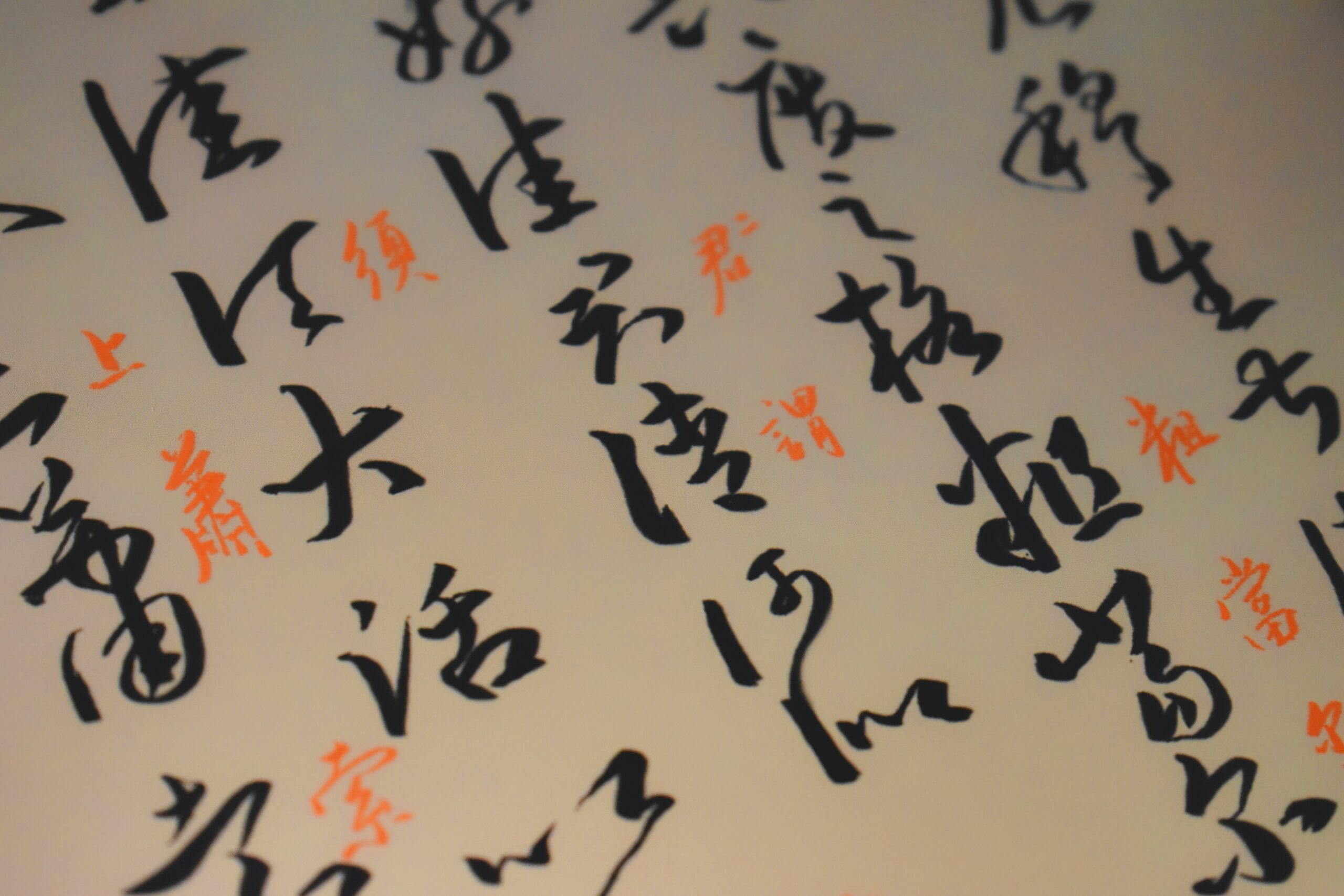
⚖️ How to Balance Kanji + Vocabulary With Everything Else
One of the hardest parts of learning Japanese isn’t what to study — it’s juggling everything at once without getting overwhelmed. Grammar, listening, speaking, kanji, vocab… it can feel like spinning five plates at the same time 🌀
Here’s how I balance things without losing momentum (or my sanity):
1. Split Your Focus — Don’t Do Everything Every Day
You don’t need to study every single skill daily. I rotate my focus throughout the week:
- Kanji + Vocab: Daily Anki reviews + occasional writing (10–20 mins)
- Grammar: 2–3 times a week on Bunpro or textbooks
- Listening: While walking, doing chores, or winding down (Spotify Podcasts + YouTube or Japanese TV)
- Speaking: Language exchanges 1–2 times a week via HelloTalk or conversation partners
- Reading: When I feel like relaxing (e.g., easy manga or graded readers)
This way, everything gets attention — just not all at once. You won’t burn out if you study smarter, not harder!
2. Combine Skills When You Can 🧩
- Reading example sentences in Anki = vocab + grammar + reading in one.
- Watching YouTube like Game Gengo = grammar + listening + vocab reinforcement.
- Journaling = writing + vocab + grammar.
It’s like a Japanese learning smoothie. Blend those skills for maximum flavor! 🍓📘🎧
3. Take Breaks and Avoid Perfectionism
Some days you’ll forget a word you saw 10 times. That’s normal. Learning Japanese is like climbing a mountain — you can rest, but don’t quit.
I remind myself: Consistency is better than intensity. Even 15–30 minutes a day adds up massively over time!
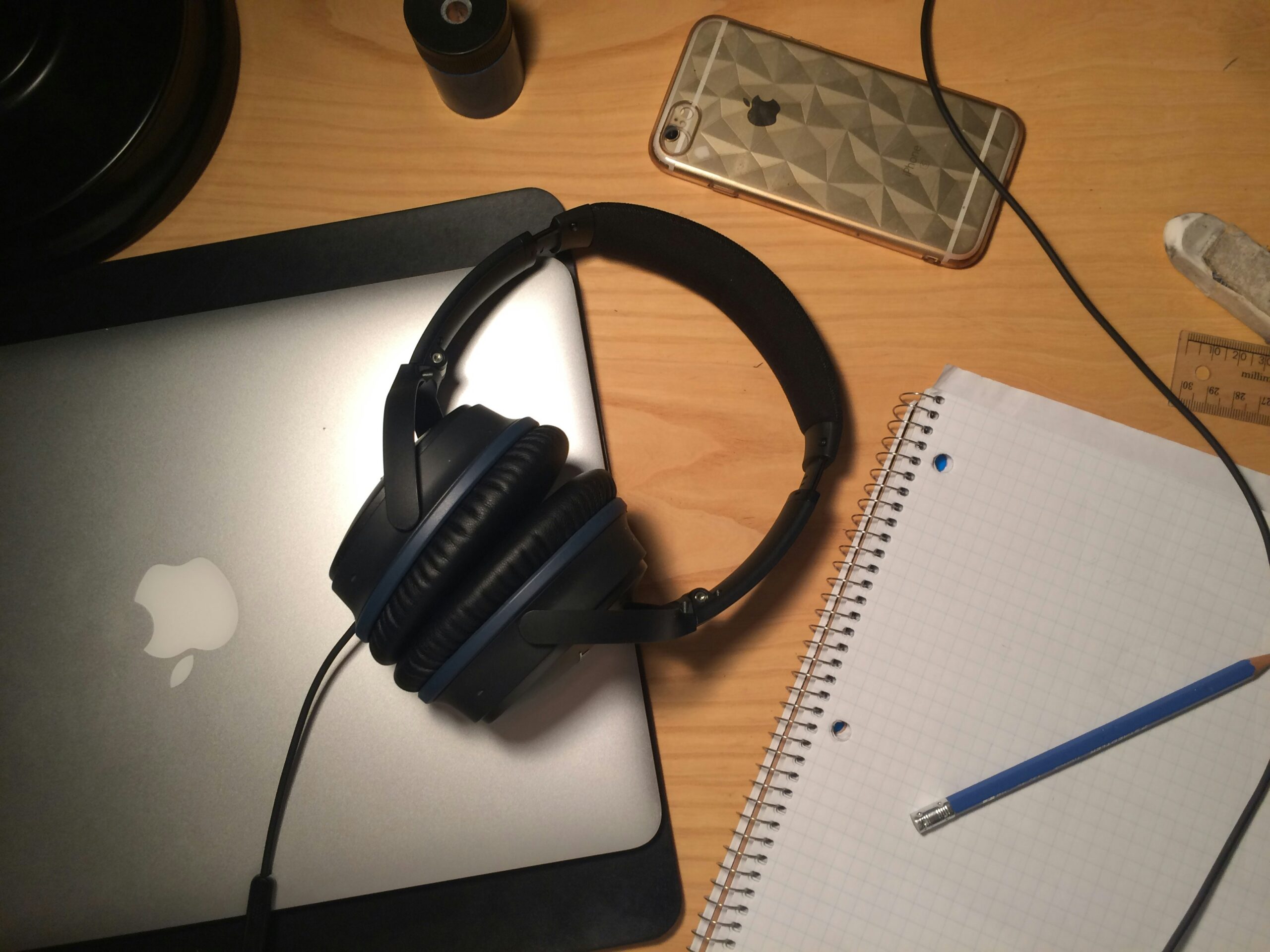
🎌 Final Thoughts: You Can Learn Kanji and Vocabulary — Without Burning Out
Learning Japanese vocab and kanji isn’t easy — but it’s doable, and honestly? It’s super satisfying when the pieces click. Whether you’re picking up your first 100 words or breaking through the 2,000 kanji wall, the secret is:
✅ Go slow and steady
✅ Use smart tools like Anki, Kanji Look and Learn, and Game Gengo
✅ Build habits, not just study sessions
✅ Make it fun and personal — games, journaling, YouTube, whatever works for you
If someone like me — who once thought all kanji looked the same — can get into it and enjoy the process, you absolutely can too!
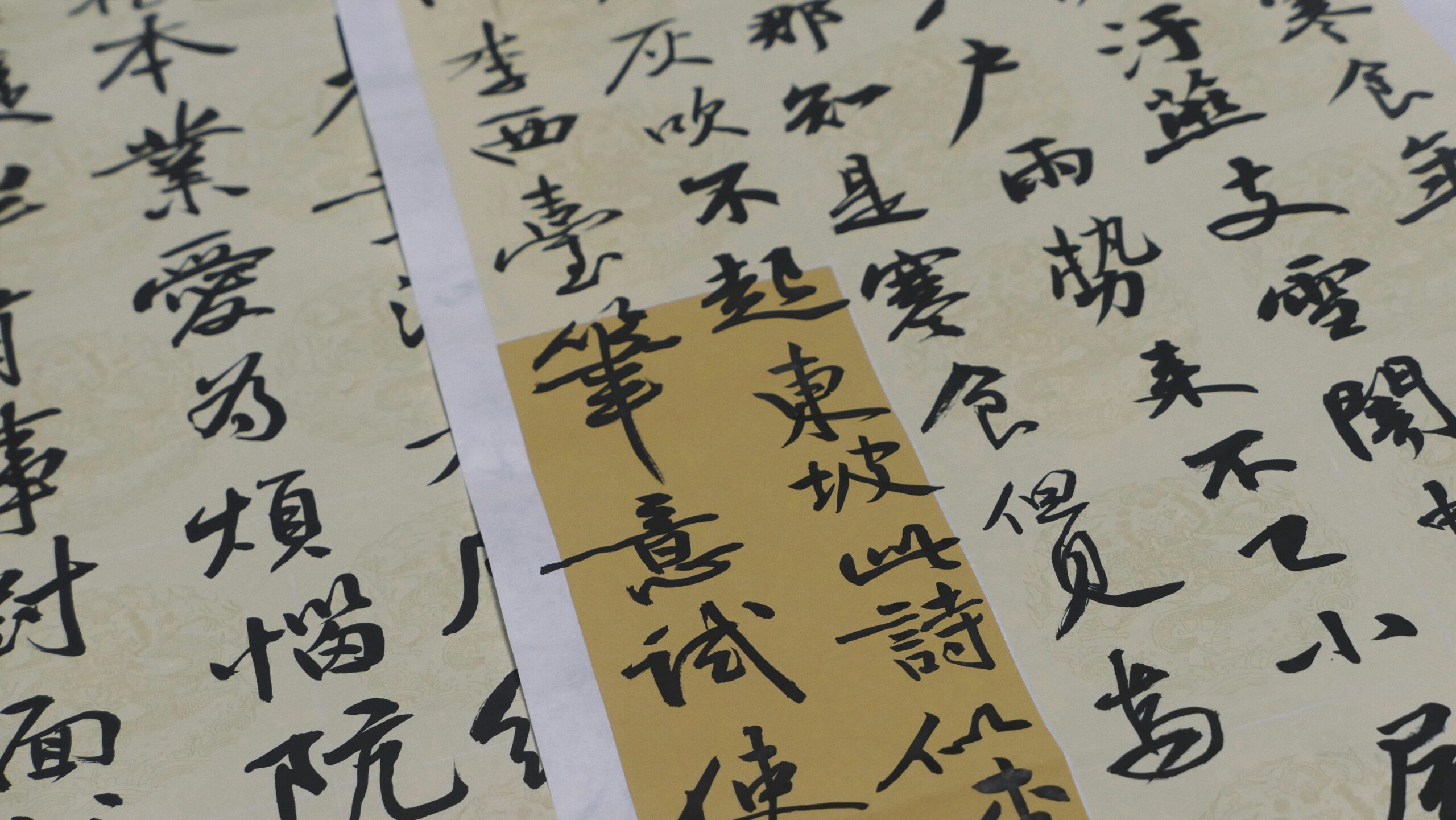
📍Ready to dive deeper into each section?
Check out the guides linked on the Kanji & Vocabulary page! — each one breaks down the steps in even more detail. Whether you want to master Anki, build better mnemonics, or balance your study schedule, I’ve got you covered 💪
